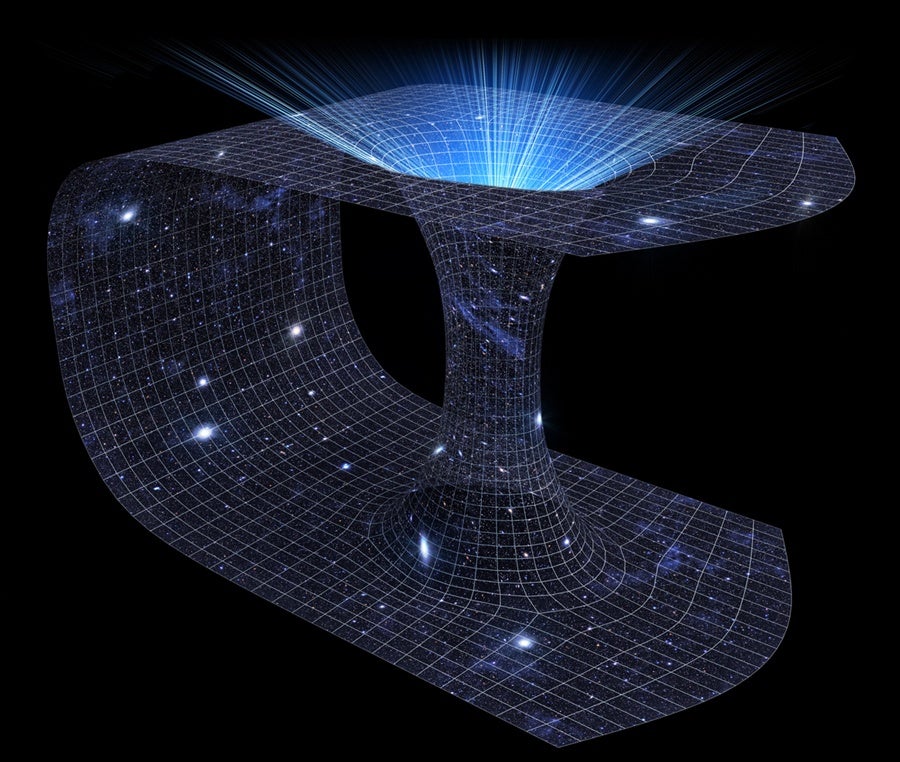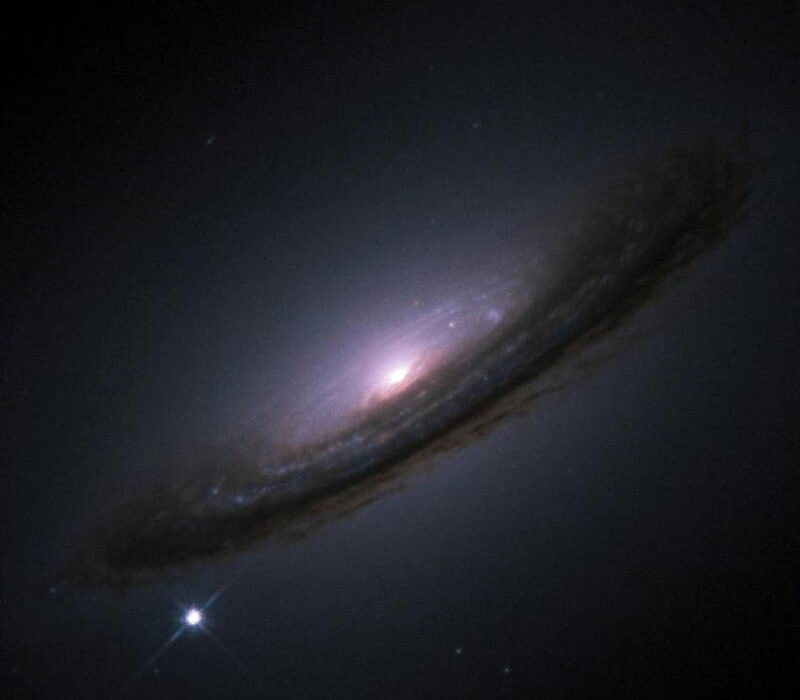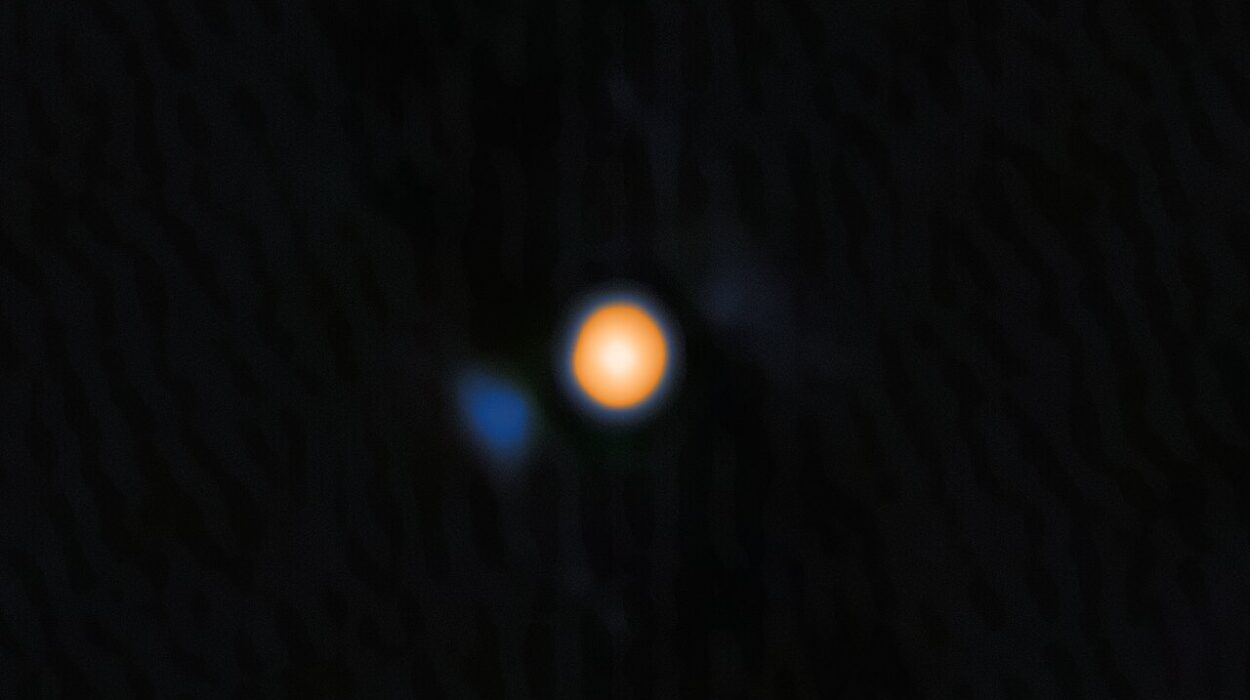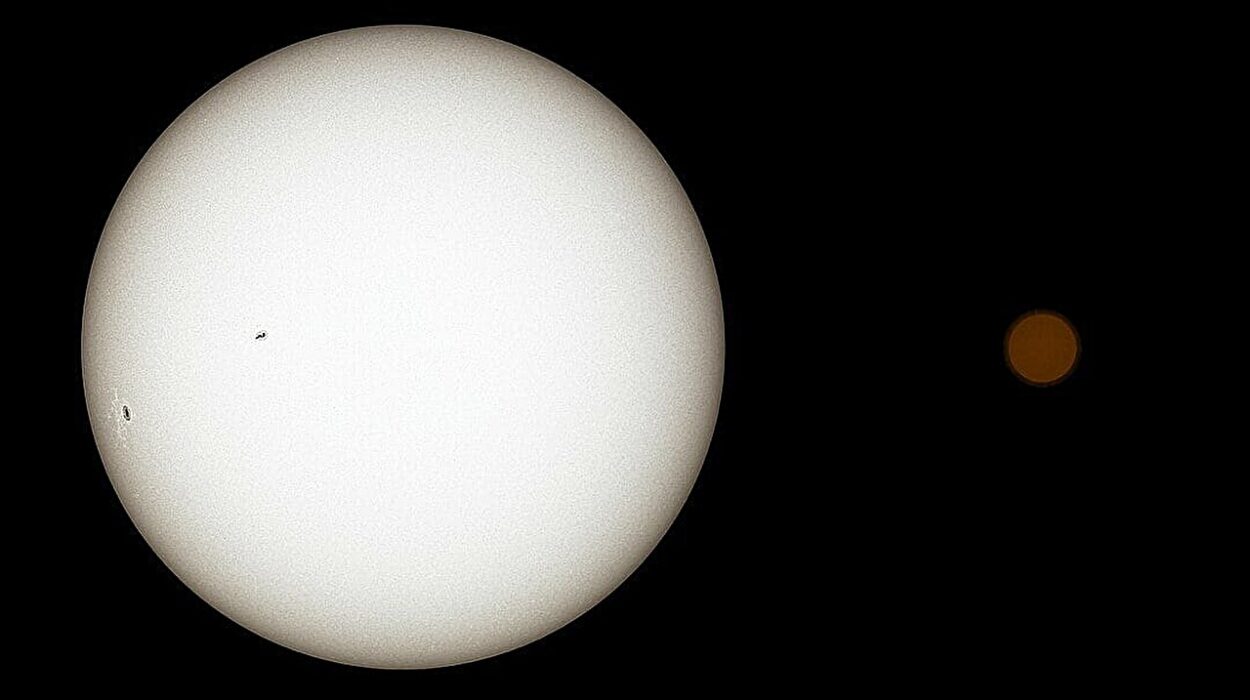Wormholes—those mysterious cosmic shortcuts that seem to defy the rules of space and time—have long captured the human imagination. They are staples of science fiction, tantalizing glimpses of other dimensions, portals through space, and doors to the past or future. But beyond the fiction, wormholes are rooted in real physics. The concept arises from the very equations that describe the universe’s structure: Einstein’s theory of general relativity.
The question “Are wormholes real?” doesn’t yield a simple yes or no. Instead, it invites us into a deep investigation of what “real” means in the context of theoretical physics, and whether our current understanding of nature allows for such fantastic structures to exist. To answer the question, we must explore where the idea comes from, what physics tells us about it, and whether we will ever find, build, or travel through a wormhole.
The Birth of Wormholes in Science
The story of wormholes begins in 1915, when Albert Einstein introduced his general theory of relativity. It was a groundbreaking leap in understanding gravity—not as a force, but as the curvature of spacetime caused by mass and energy. Space and time, once seen as passive and static, became dynamic players in the cosmic drama.
Soon after, physicists began searching for solutions to Einstein’s equations that might represent exotic phenomena. In 1935, Einstein himself, along with physicist Nathan Rosen, published a paper describing what came to be known as the “Einstein-Rosen bridge.” This mathematical construct linked two separate regions of spacetime through a tunnel-like structure.
Although Einstein and Rosen originally proposed the bridge to model elementary particles and not as a traversable passage through space, their work laid the foundation for the modern idea of wormholes. These bridges theoretically connect two distant points in spacetime, possibly even different universes. Later, the term “wormhole” was coined by physicist John Wheeler in the 1950s. Just as a worm could tunnel through an apple and emerge at a distant point without traversing the surface, so could a traveler in theory pass through a wormhole and emerge far away.
The Physics of Wormholes
So what is a wormhole, exactly, in terms of physics? Imagine the fabric of spacetime as a two-dimensional sheet. A wormhole would be like folding that sheet and poking a hole from one point to another, creating a tunnel that shortcuts the distance between them. In three-dimensional space, this would be a sort of throat or tube, with an entry and an exit, connecting two otherwise distant regions.
Mathematically, a wormhole is a solution to the Einstein field equations, describing a “nontrivial topology” in spacetime. These solutions can be static or dynamic, symmetric or asymmetric, microscopic or macroscopic. The simplest kinds of wormholes are often modeled using “Schwarzschild wormholes” or “Morris-Thorne wormholes,” depending on the assumptions.
One critical question physicists ask about wormholes is whether they are traversable—whether something could pass through them without being instantly destroyed or trapped. The original Einstein-Rosen bridge, it turns out, is not traversable. It collapses too quickly for anything to get through. Later work showed that maintaining an open, traversable wormhole would require something exotic: negative energy.
Exotic Matter and the Energy Problem
This is where physics gets especially strange. Traversable wormholes would require a kind of matter that possesses negative energy density—a substance that behaves in opposition to every known form of matter. This “exotic matter” would create a repulsive gravitational effect, pushing spacetime apart and propping the wormhole throat open.
Ordinary matter, with positive mass and energy, causes spacetime to curve inward—hence, gravity pulls things together. Exotic matter would do the opposite, curving spacetime outward. It’s the cosmic equivalent of anti-gravity. The existence of such matter is not ruled out by the laws of physics, but it’s highly speculative. No one has ever observed exotic matter in the amounts needed to stabilize a wormhole.
Interestingly, quantum mechanics offers some glimmers of hope. Certain quantum effects, like the Casimir effect, demonstrate that negative energy densities can exist in small, transient quantities. In the Casimir experiment, two uncharged metal plates placed close together in a vacuum experience an attractive force due to quantum fluctuations in the vacuum energy. This effect can be interpreted as creating a region of negative energy between the plates.
However, the Casimir effect is incredibly weak and tiny. Whether such effects could be amplified or controlled enough to hold open a wormhole remains a matter of speculation. Some theorists have suggested that advanced civilizations, perhaps millions of years ahead of us, might master such techniques. But from the standpoint of 21st-century physics, it remains in the realm of the hypothetical.
Time Travel and Causality Paradoxes
Wormholes don’t just challenge our notions of space—they also mess with time. If one end of a wormhole is accelerated to near-light speeds and then brought back to rest, relativistic time dilation (a consequence of Einstein’s special relativity) would mean that time passes differently for the two ends. This opens up the tantalizing possibility that a wormhole could connect not just two places, but two times.
This leads to the idea of time travel. Could a traveler enter a wormhole and emerge in the past? The equations of general relativity don’t forbid it outright. In fact, they seem to allow for closed timelike curves—loops in time that could theoretically allow for time travel.
But this introduces a hornet’s nest of paradoxes. The classic example is the “grandfather paradox”: what happens if you go back in time and prevent your grandfather from meeting your grandmother, thereby preventing your own birth? Would you cease to exist, and if so, who traveled back to make it happen?
Some physicists argue that such paradoxes are evidence that nature somehow prevents time travel, perhaps through as-yet-unknown quantum effects. Others propose the idea of “consistent histories,” where the universe always evolves in a self-consistent way, and time travelers can’t change the past in a way that leads to contradiction. Still others suggest that time travel would necessarily create alternate timelines or parallel universes, avoiding paradoxes by branching reality into different histories.
While the debate continues, it’s clear that wormholes touch upon the deepest mysteries of time, causality, and the nature of reality itself.
Are Wormholes Natural or Artificial?
If wormholes do exist, are they naturally occurring features of the cosmos, or could they be engineered by an intelligent species? The answer is unclear. Some solutions to Einstein’s equations suggest that microscopic wormholes might exist at the quantum scale, flickering in and out of existence in the so-called “quantum foam” that underlies spacetime.
The idea of quantum foam, proposed by John Wheeler, imagines spacetime at the Planck scale (about 10^-35 meters) as a turbulent sea of fleeting geometries and topologies. In this chaotic environment, wormholes might spontaneously form and evaporate, far too small to detect or use. But some physicists speculate that if such microscopic wormholes exist, they could be enlarged or stabilized by advanced technologies—or natural processes we don’t yet understand.
Another possibility is that wormholes might form in the early universe, perhaps as relics of high-energy phenomena during cosmic inflation. These “primordial wormholes” could have expanded along with the universe, some potentially reaching macroscopic sizes. So far, we have found no observational evidence for such structures, but some theorists believe they could be detected through their gravitational effects or unusual radiation patterns.
There is also the tantalizing idea that intelligent civilizations, perhaps millions or billions of years older than ours, might have figured out how to construct or stabilize wormholes. In this scenario, wormholes become not just theoretical curiosities but practical tools of cosmic engineering—devices for instantaneous communication or travel across interstellar or intergalactic distances.
If such wormholes existed, they might explain some puzzling astronomical observations, such as ultra-high-energy cosmic rays or anomalies in gravitational lensing. But these ideas remain speculative and unproven.
Searching for Wormholes in the Universe
How would we find a wormhole, if one existed? What would it look like? In theory, a traversable wormhole would produce distinct gravitational effects. It might bend light from background stars in a way that differs from ordinary gravitational lensing by a black hole. Some models suggest that light passing near the mouth of a wormhole could produce ring-like structures or sudden distortions, depending on the geometry.
Physicists and astronomers have proposed searching for such anomalies using powerful telescopes and gravitational wave detectors. One idea is to look for deviations in the orbits of stars or the timing of pulsars that might hint at the influence of a hidden wormhole. Another is to scan the sky for unusual shadows, light echoes, or radiation signatures that defy explanation by known physics.
To date, no observational evidence confirms the existence of a wormhole. But as our instruments improve, especially with projects like the Event Horizon Telescope and next-generation space observatories, we may be able to probe the edges of possibility with greater precision.
Wormholes in Quantum Gravity and String Theory
While general relativity provides the mathematical playground for wormhole solutions, it’s incomplete. To fully understand wormholes—and determine whether they are physically realizable—we need a theory that unifies gravity with quantum mechanics. This quest has led physicists to explore string theory, loop quantum gravity, and other approaches to quantum gravity.
In recent years, fascinating ideas have emerged from these fields. One particularly provocative conjecture is known as “ER=EPR,” proposed by physicists Juan Maldacena and Leonard Susskind. It suggests that Einstein-Rosen bridges (ER) are equivalent to entangled quantum particles (EPR, for Einstein-Podolsky-Rosen).
According to this view, entanglement—the mysterious link between quantum particles—may be the microscopic foundation of wormholes. Every entangled pair might be connected by a tiny wormhole. This bold idea attempts to unify two of the strangest concepts in modern physics and hints that spacetime itself might be built from quantum entanglement.
If ER=EPR holds up under scrutiny, wormholes may not be isolated curiosities, but fundamental to the structure of the universe. They could be the threads that stitch together the cosmic fabric, a scaffolding beneath reality itself.
Could We Ever Build One?
Perhaps the most exciting—and daunting—question is whether we could ever build or use a wormhole. Could wormholes become the starships of the future, allowing us to hop between galaxies or even travel in time?
The short answer is: not yet. The long answer is: maybe, if we someday master control over negative energy and quantum gravity. The engineering challenges are staggering. We would need to create or stabilize a wormhole, maintain it against collapse, and prevent dangerous radiation from destroying anything passing through.
Even if such technology were possible, there would be ethical, practical, and philosophical questions to consider. What would the existence of wormhole travel mean for humanity’s place in the cosmos? How would it change our understanding of distance, time, and causality? Could civilizations from elsewhere already be using such technologies?
Science fiction often leaps ahead of science fact, but history shows that yesterday’s dreams sometimes become today’s realities. A century ago, nuclear energy and spaceflight were fantasies. Today, they are facts. Whether wormholes will follow that path remains to be seen.
Conclusion: Between Myth and Possibility
So, are wormholes real?
In the strictest sense, wormholes are solutions to the equations of general relativity. They are mathematically real, consistent with the laws of physics as we know them. But whether they exist in the physical universe—whether they are more than theoretical artifacts—is a question science has not yet answered.
They may be purely mathematical curiosities, forbidden by quantum effects or energy constraints. Or they may be cosmic phenomena waiting to be discovered—or even engineered.
What is certain is that wormholes stretch our imagination and challenge our understanding of reality. They force us to confront the limits of space, time, energy, and knowledge. They invite us to dream—not just in the realm of fiction, but at the frontiers of science.
Until we know more, wormholes will remain what they have always been: portals to possibility, bridges between what is and what might be.






